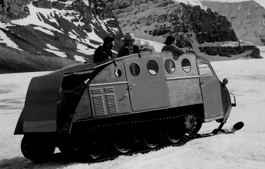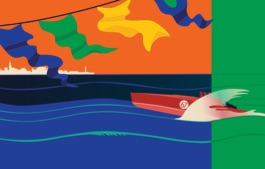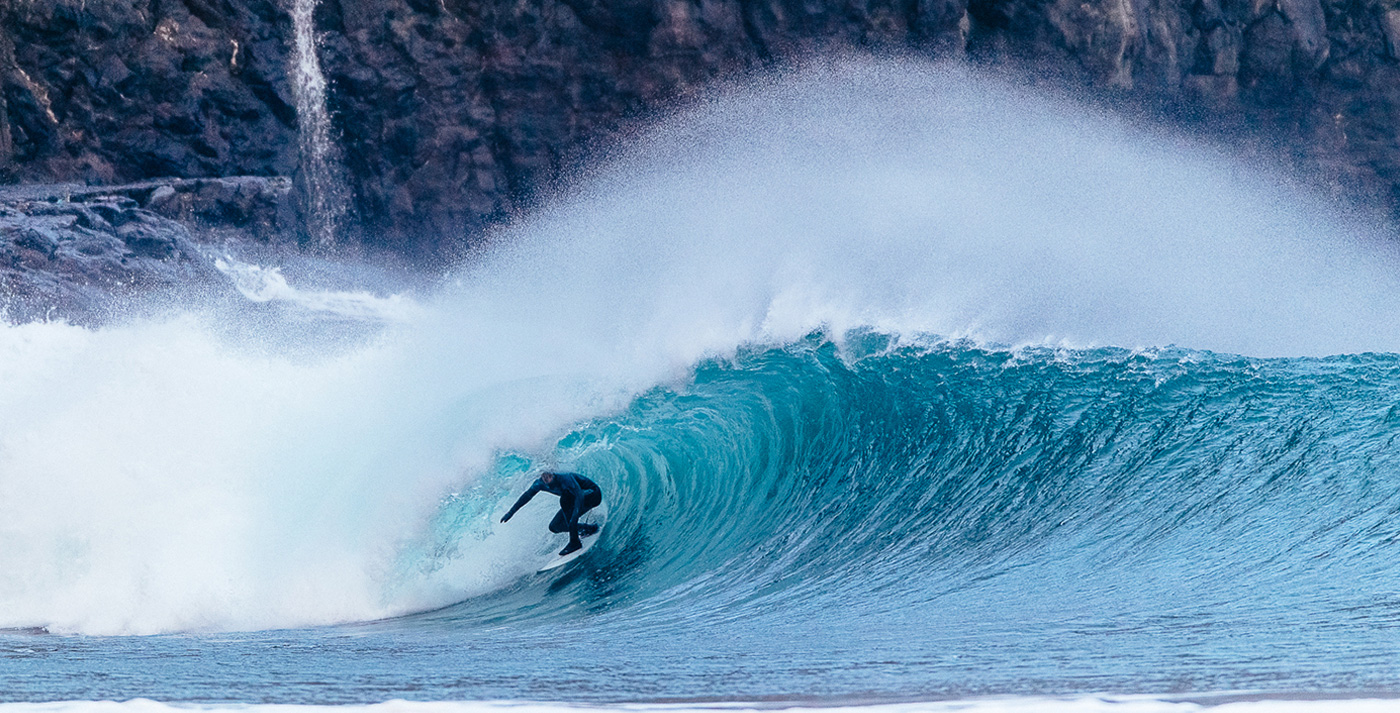
The Big Chill
The world’s bravest surfers are skipping the tropicsto catch waves in icy localesfrom Norway to Newport
As winter reaches its zenith, the temptation to slide into a fantasy of warm-weather surfing is hard to resist. But as every true surfer knows, winter is when the waves are at their best. That’s not an issue for those flocking to permanently summery locales like Hawaii and Indonesia. But for those who don’t like fighting the surfing equivalent of traffic on the 405, the more frigid climes of the great white north are a better—if bone-chilling—option.
With near-freezing water (and sometimes actually freezing-temperature air), places like Norway and Iceland offer up miles and miles of surf-ready beaches. But be warned: They aren’t for rookies. “There’s been a time or two when I’ve been out in the water, and I’ve gotten so cold that I had to be carried out,” says Chris Burkard, a senior staff photographer for Surfer Magazine and an arctic-surfing pioneer. Brain freeze, snow blindness and frostbite are just a few of the travails of the cold-weather surfer. But for some, it’s a price worth paying. “There are perfect waves at the edge of the globe,” Burkard says. “You just have to be willing to go seek them out.”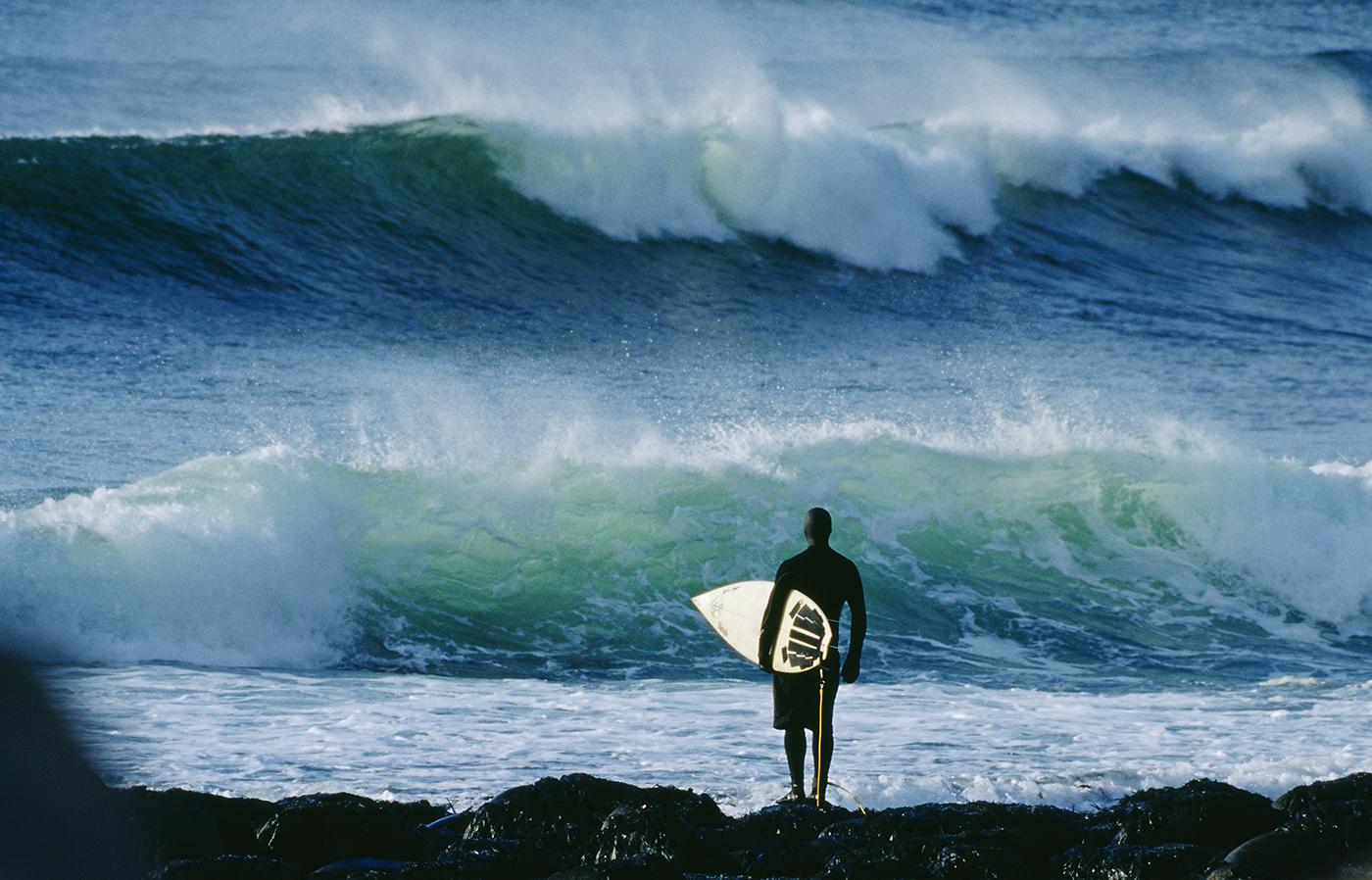
LOFOTEN, NORWAY
In terms of winter surfing conditions, Lofoten is about as extreme as it gets. Between 67 and 68 degrees north latitude, the archipelago is approximately 71 miles deep into the Arctic Circle at its southernmost point. Although the temperatures aren’t as cold as they could be (thanks to the Gulf Stream, Lofoten is warmer than it should be given its location), at near freezing, they’re more than cold enough. Making matters even more difficult: the weather’s unpredictability. Pat Millin, a professional surfer from San Diego and an arctic-surfing veteran, recalls one trip in which he surfed during a blizzard. “Right after the blizzard passed, the sun came out and just popped,” Millin says. “Everything was so white that it was painful to open my eyes. And then the hail started.” For those willing to brave the elements, however, the reward is both great waves and jaw-dropping scenery. “There are these huge mountains that come straight out of the ocean,” Millin says. “You feel like you are in the mountains, and you forget that you’re even going surfing.”
Average January air temperature: 29 degrees Fahrenheit
Average January ocean temperature: 43 degrees Fahrenheit
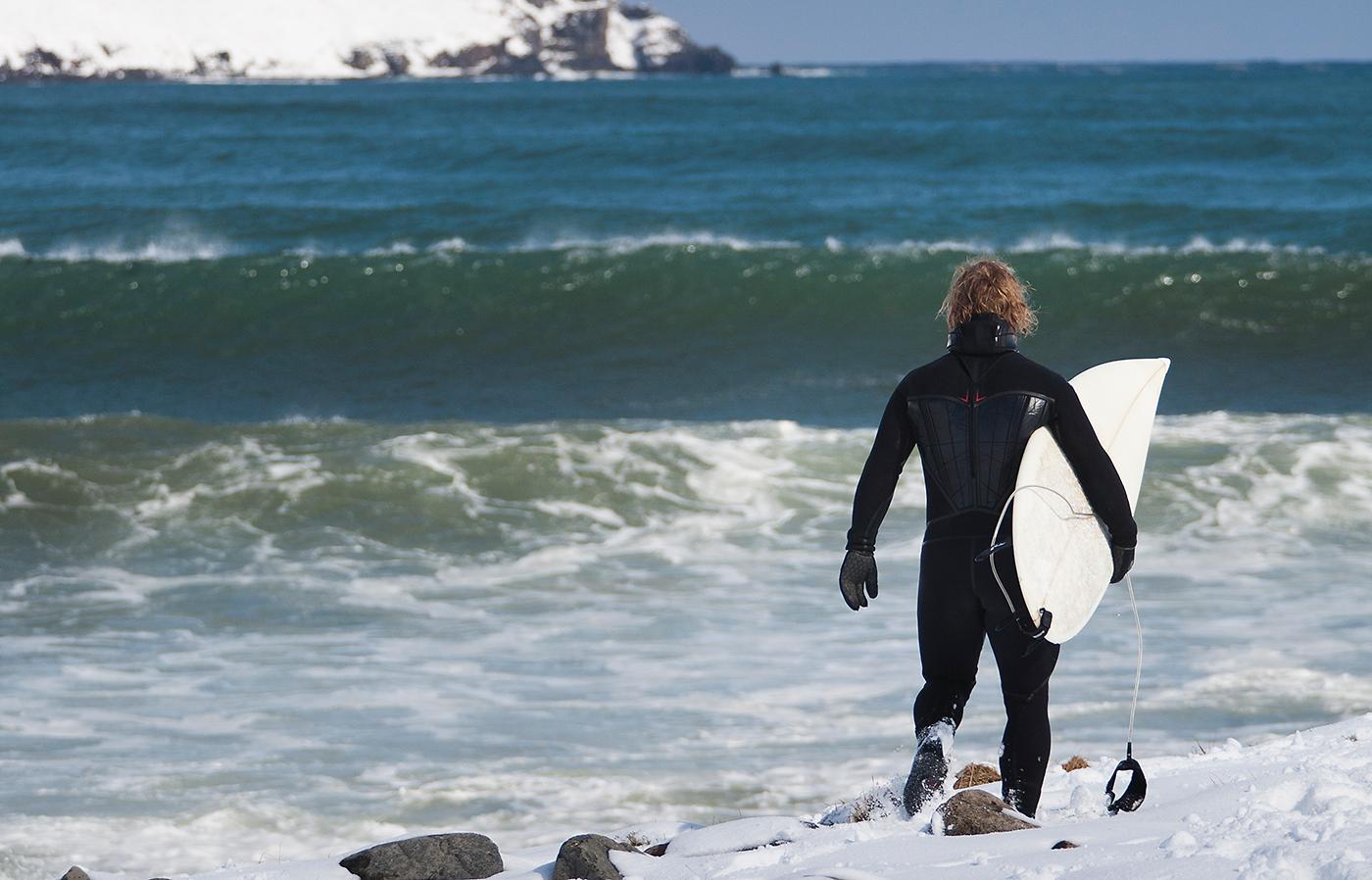
ICELAND
When Brett Barley, a pro surfer from Cape Hatteras, off the coast of North Carolina, made his first arctic-surfing expedition to Iceland, he wasn’t sure what to expect. “The water temperatures were pretty similar to home,” Barley says. “But the weather you’re dealing with—it’s either raining and 32 degrees [Fahrenheit], or it’s snowing and hail.” Located between the Greenland Sea and the northern Atlantic Ocean, Iceland is a country that is slightly smaller in size than Kentucky but boasts more than 3,000 miles of rugged, volcanic coastline for surfers to explore. (And because approximately 93 percent of the country’s 317,000-plus population lives in urban areas—and probably isn’t too keen on surfing—it’s almost entirely empty, too.) With many spots accessible only by all-terrain vehicle (depending on what time of year you visit), Iceland is one of the few places in the world where you can still find a spot that’s never been surfed.
Average January air temperature: 33 degrees Fahrenheit
Average January ocean temperature: 42 degrees Fahrenheit
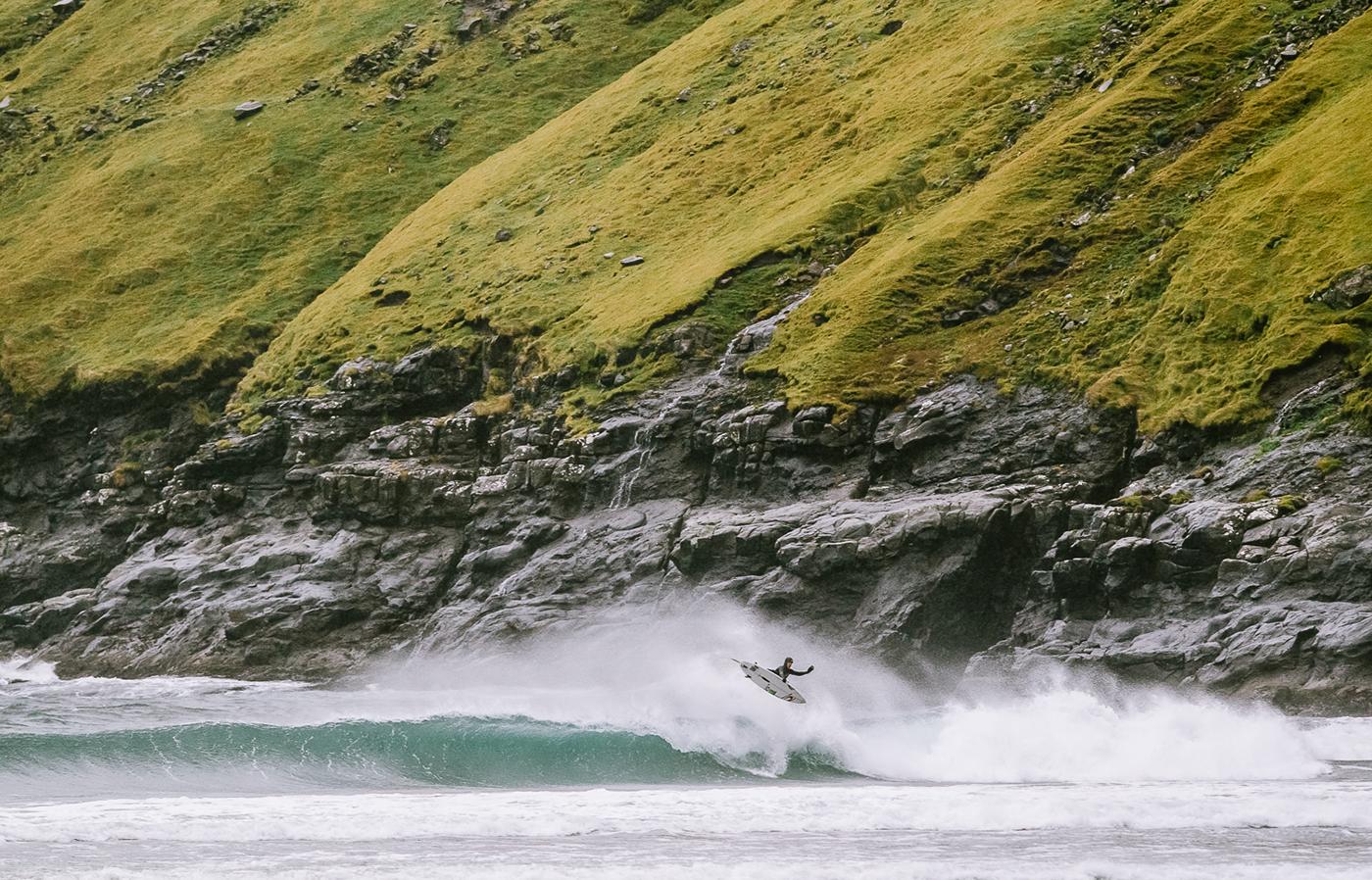
FAEROE ISLANDS
The Faeroe Islands are an archipelago of 18 islands located halfway between Norway and Iceland. Similar to Lofoten, the Faeroe Islands, with their powerful reef and beach breaks, are like a frozen version of Hawaii. Of course, unlike in Hawaii, those breaks rarely draw large crowds. Part of this is due to the Faeroe Islands’ small population. But another reason is that, in a region where fishing accounts for about half of the gross domestic product, the locals have a healthy respect for the power of the ocean. “In a lot of these cold places, the water is so feared,” Millin says. “If you fall in, you die. When I went to the Faeroe Islands, that was the most that people were just like, ‘What are you doing?’”
Average January air temperature: 38 degrees Fahrenheit
Average January ocean temperature: 46 degrees Fahrenheit
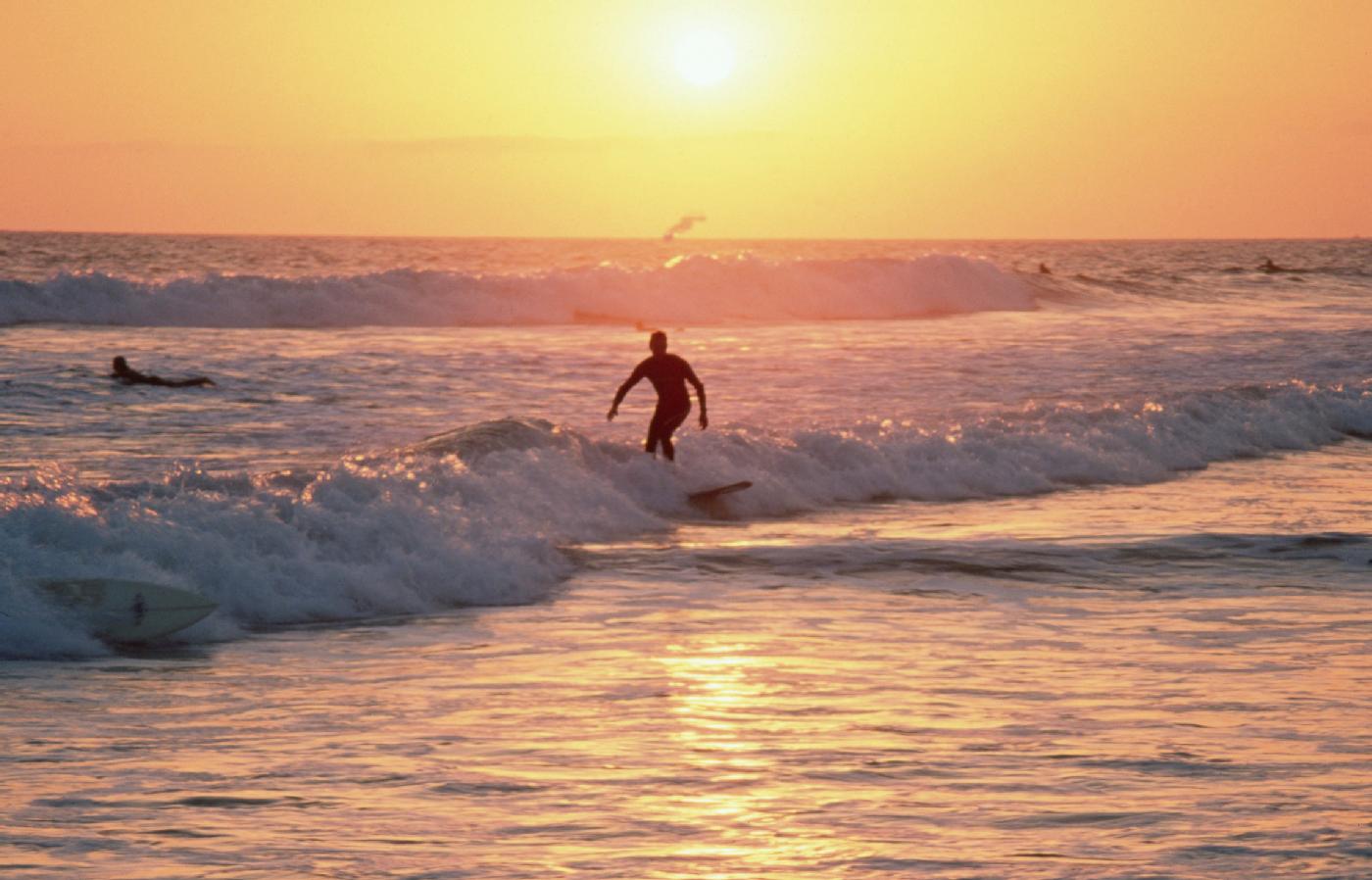
IRELAND
Ireland has become one of the top cold-weather surf locales in the world. (You’re forgiven for not knowing that.) Places like County Donegal’s Bundoran, Inishowen, Fanad Head and the awesomely named Bloody Foreland offer a choice of reef, point or beach breaks. And between November and March, surf conditions are at their best at premier big-wave-spot Mullaghmore Head, in County Sligo. Its monster-sized waves offer a sort of left-hand version of those found in Mavericks, California. Unlike Norway or Iceland, Ireland is a pretty well-established surf destination, with several local surf shops across the country, such as Bundoran Surf Co., in County Donegal. But while Ireland isn’t quite the surfing frontier that it once was, fear not: It still doesn’t have California-sized crowds to contend with.
Average January air temperature: 38 degrees Fahrenheit
Average January ocean temperature: 50 degrees Fahrenheit
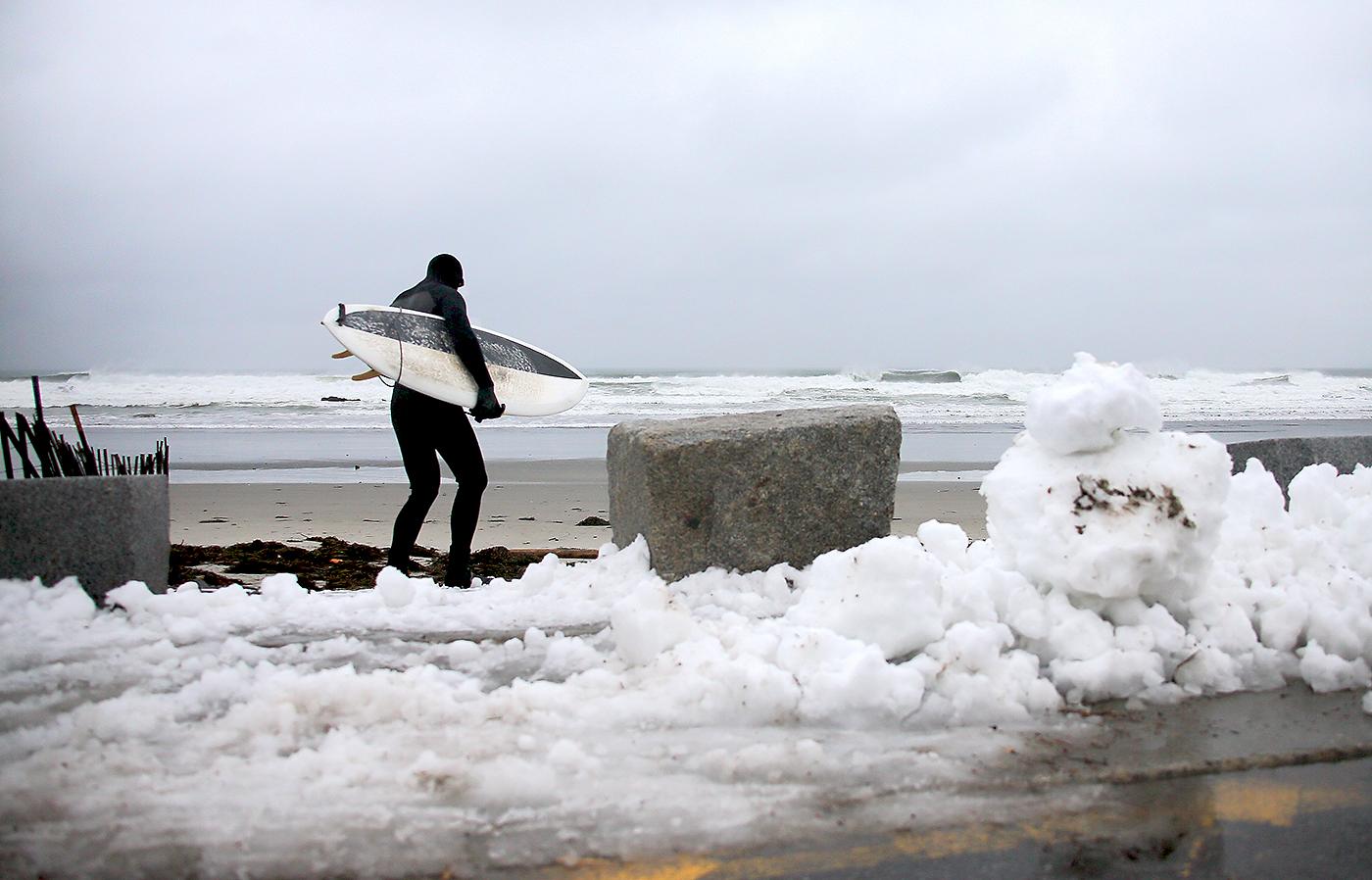
RHODE ISLAND
For those unwilling to stamp their passports, there are more than enough opportunities to battle hypothermia without leaving the United States. “Water temps on the Eastern Seaboard, they get as cold as anywhere we go,” Burkard says. And one of the most popular New England destinations during the winter is Newport, Rhode Island, and its surrounding areas. “I think the beauty of Rhode Island is its variation,” says Rhode Island native Matt Olerio, co-owner and cofounder of Brooklyn-based East Surf Co. There are beach breaks like at Second Beach, in Middletown, or reef breaks like at Ruggles, in Newport. And for one of the better point breaks on the East Coast, there is the beach at Point Judith Lighthouse, in Narragansett. But it isn’t just wave quality that attracts many surfers in the winter. “It’s a really mellow vibe out in the water,” Olerio says. “As long as you’re respectful, there’s not heavy localism.” Plus, Olerio assures, thanks to the arctic conditions, the crowds thin out quite a bit during the winter.
Average January air temperature: 30 degrees Fahrenheit
Average January ocean temperature: 37 degrees Fahrenheit
- © Sergio Villalba / WE photo agency
- © Corbis. All Rights Reserved.
- PHOTOGRAPH BY SERGIO VILLALBA
- PHOTOGRAPH BY CHRISTIAN ASLUND
- PHOTOGRAPH BY ELLI THOR MAGNUSSON
- PHOTOGRAPH BY RICHARD CUMMINS
- PHOTOGRAPH BY ROBBIE GEORGE





